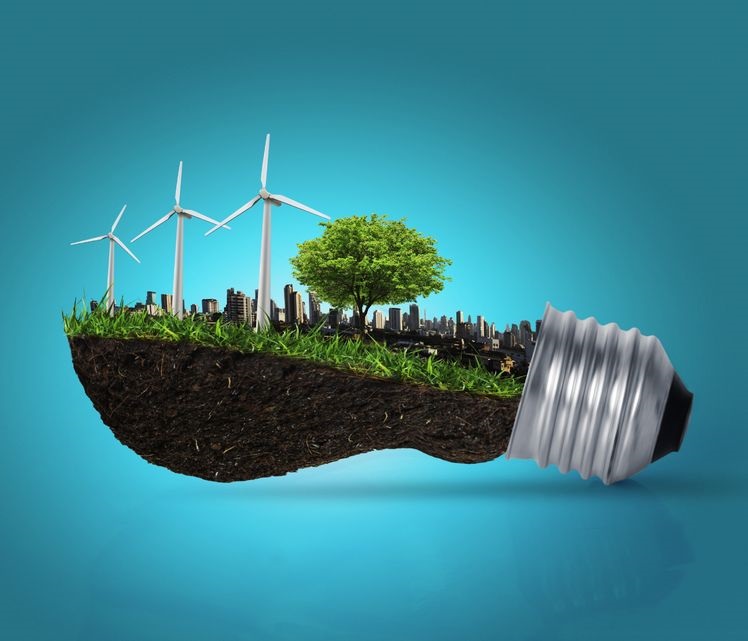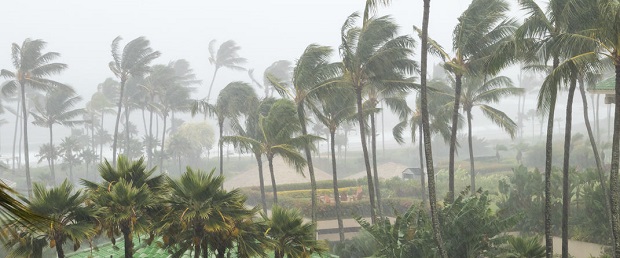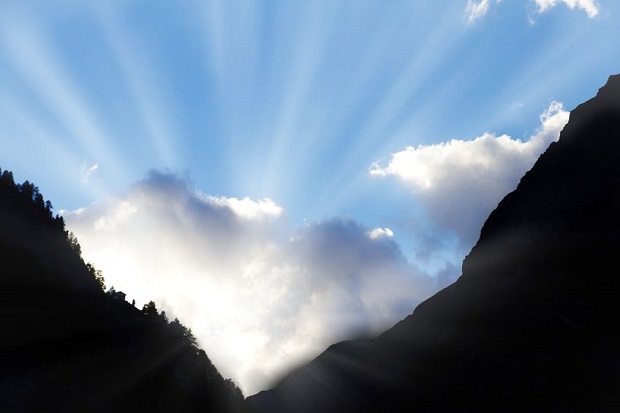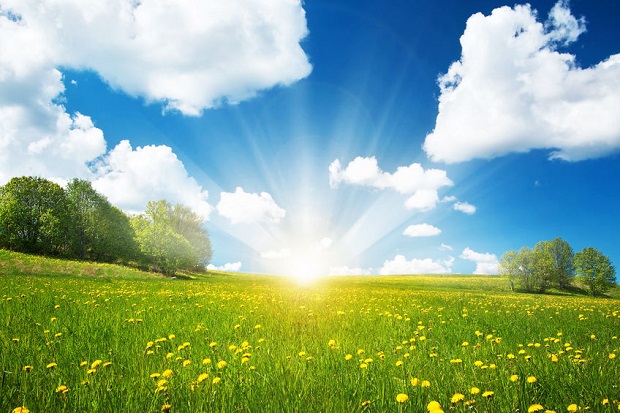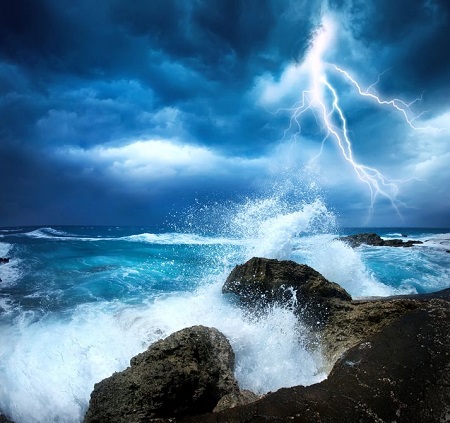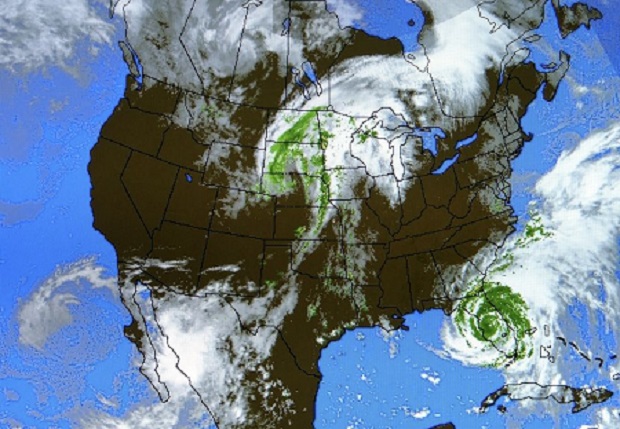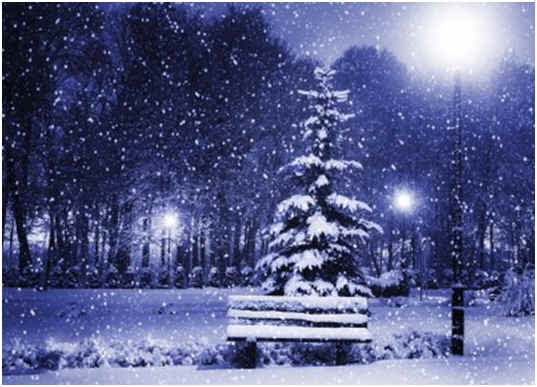
What Are the Types of Precipitation?
The four common types of precipitation are rain, snow, sleet, and hail, but meteorologists break that list down even further. These are the nine types of precipitation:
- Rain
- Drizzle
- Freezing Rain
- Sleet
- Hail
- Snow
- Ice Crystals
- Snow Pellets
- Snow Grains
Let’s Dig Deeper
What Is Precipitation?
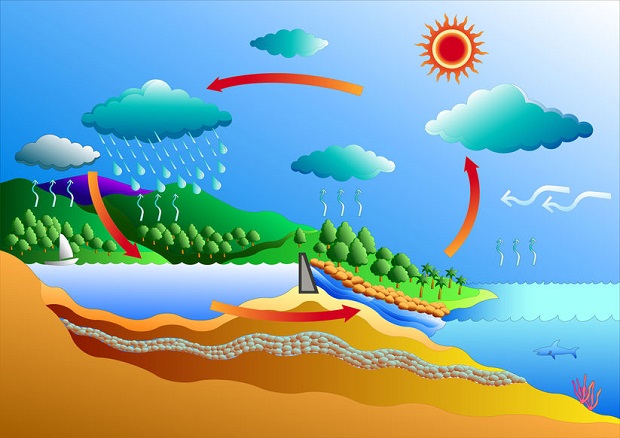
Precipitation is any form of water particle that begins in the atmosphere and falls to the ground.
Precipitation begins in the clouds overhead. Clouds are a visible collection of water vapor and condensation nuclei, such as dust or smoke. The water vapor will continue to collect and condense until it acquires enough weight to exceed the cloud’s updraft speed, at which time it will fall from the cloud as precipitation. All forms of precipitation begin as ice crystals or snow due to the colder temperatures higher in the atmosphere at cloud level. Which form of precipitation reaches ground level will depend upon the atmospheric temperature.
Rain

Rain is defined as water droplets greater than .5 mm in diameter. Rain will occur if the temperature is above 32°F. Freezing rain occurs when water falls to the earth as rain and moves through a thin layer of freezing air before reaching the ground. Most precipitation falls as rain.
Drizzle
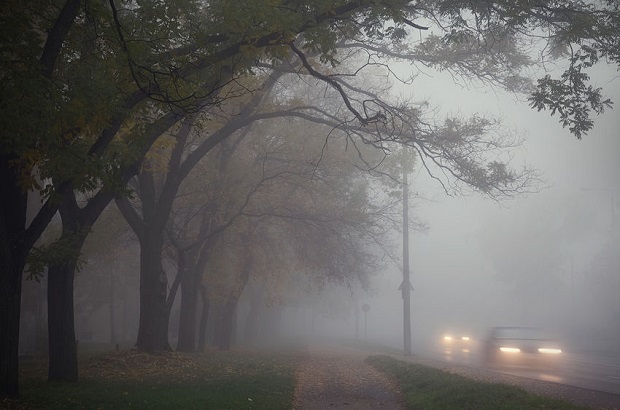
The fine droplets that create drizzle may resemble fog. However, drizzle differs from the fog in that the water droplets reach the ground instead of remaining suspended in the air. Drizzle is defined as water droplets that are less than .5 mm in diameter.
Freezing Rain
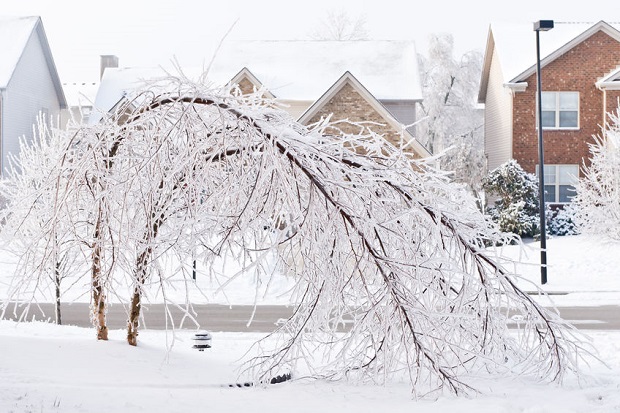
Freezing rain falls to the earth in liquid form but turns to ice upon impact resulting in objects covered in a sheet of ice.
Sleet
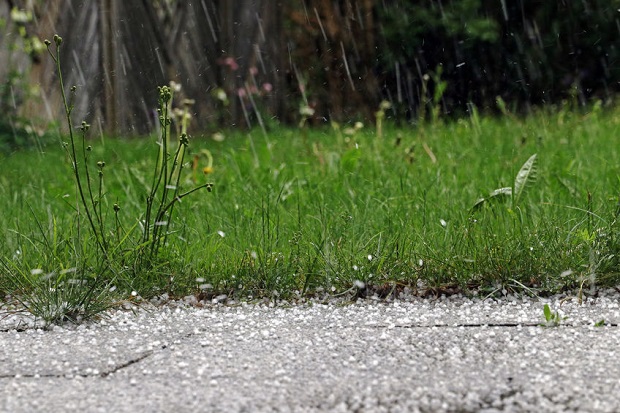
Sleet, also known as ice pellets, is defined as frozen raindrops that bounce on impact. Sleet may seem similar to small hail, but sleet is winter precipitation that is formed by an entirely different set of atmospheric conditions than those that form hail. Sleet begins as snow or ice that begins to melt as it falls to Earth. It will then refreeze before reaching the ground.
Hail
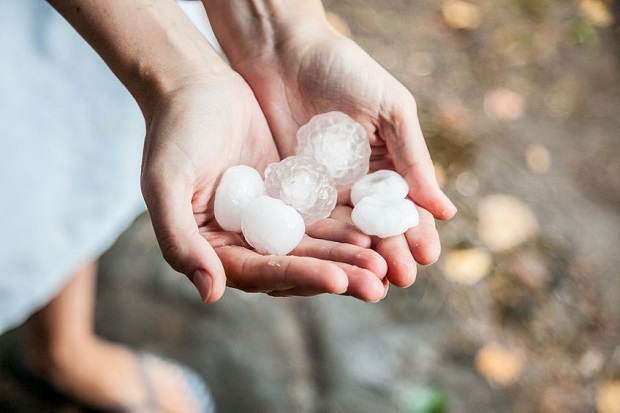
Hail forms in thunderstorms that include strong updrafts. Water vapor condenses in a cloud and is then pulled up by the updraft, where they are frozen. The hailstones grow as additional water vapor is deposited on the surface. Eventually, the hailstones acquire enough weight to escape the updraft and fall to earth. Pieces of ice exceeding 5 mm in diameter are called hail; smaller pieces are called small hail or snow pellets.
Snow
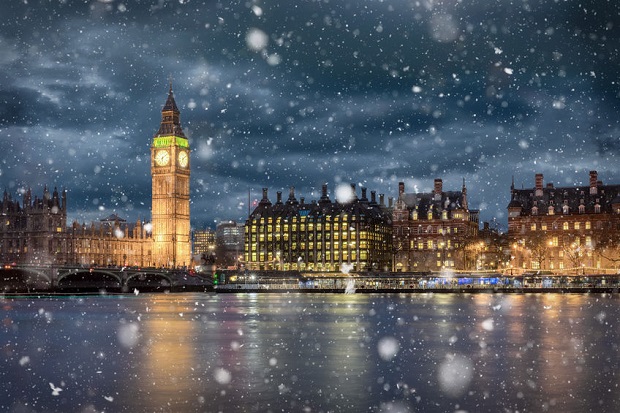
Snow is comprised of hexagonal ice crystals that fall to earth. Small flakes are made of individual crystals, while large flakes are clumps of smaller crystals. Temperatures must not exceed 32°F for precipitation to take the form of snow.
Ice Crystals
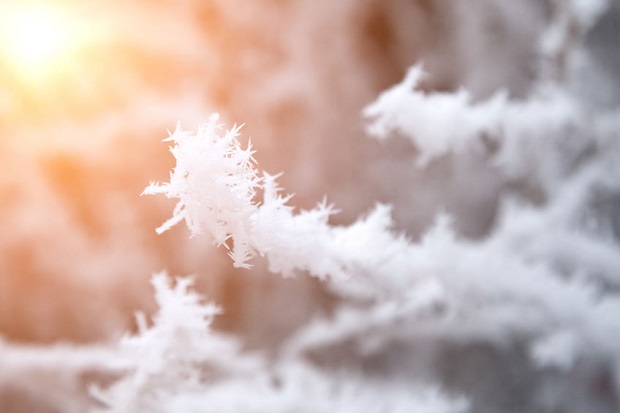
Also known as “diamond dust,” ice crystals do not have a regular crystalline shape like snow. Ice crystals fall as small needles, rods, or plates.
Snow Pellets
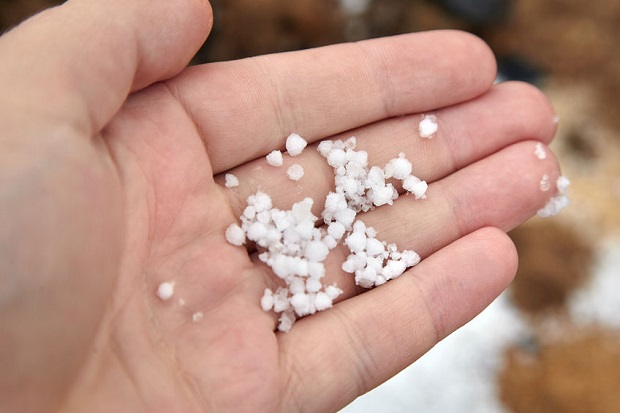
Also known as “soft hail,” “graupel,” and “tapioca snow,” snow pellets are white, opaque ice particles having a snow-like structure that is more than 2mm but less than 5mm.
Snow Grains
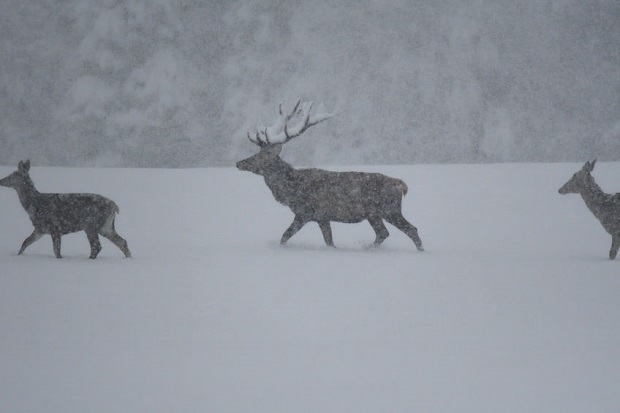
Snow grains, also known as “granular snow,” are tiny white, opaque particles of ice. Equivalent to frozen drizzle.
Resources
American Meteorological Society
“Glossary of Meteorology“
http://glossary.ametsoc.org/wiki/Main_Page
U.S. Geological Survey
“Fundamentals of the Water Cycle“
https://www.usgs.gov/special-topic/water-science-school/science/fundamentals-water-cycle?qt-science_center_objects=0#qt-science_center_objects
University of Illinois – Weather World 2010 Project
“Sleet: frozen Raindrops That Bounce on Impact with the Ground” http://ww2010.atmos.uiuc.edu/(Gh)/guides/mtr/cld/prcp/slt.rxml
American Meteorological Society
“Meteorology Glossary”
http://glossary.ametsoc.org/wiki/Main_Page
